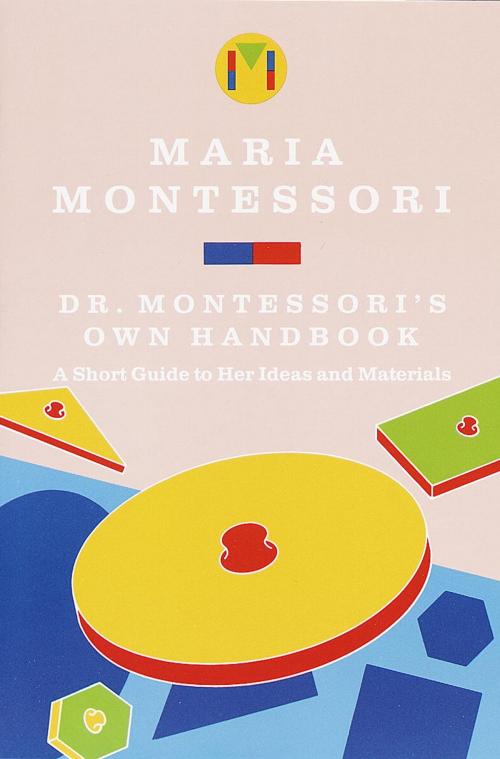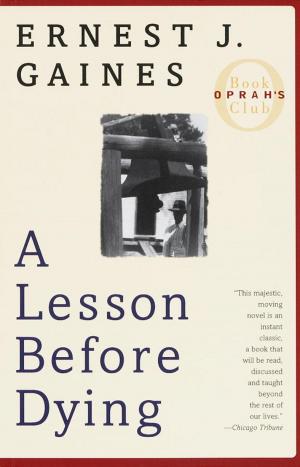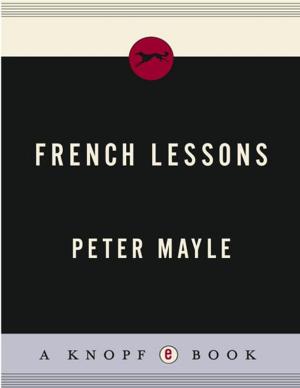Dr. Montessori's Own Handbook
Nonfiction, Reference & Language, Education & Teaching, Educational Theory, Educational Psychology| Author: | Maria Montessori | ISBN: | 9780307781048 |
| Publisher: | Knopf Doubleday Publishing Group | Publication: | March 30, 2011 |
| Imprint: | Schocken | Language: | English |
| Author: | Maria Montessori |
| ISBN: | 9780307781048 |
| Publisher: | Knopf Doubleday Publishing Group |
| Publication: | March 30, 2011 |
| Imprint: | Schocken |
| Language: | English |
This is the book that Maria Montesorri wrote in response to requests from thousands of American parents and teachers. A short, illustrated guide to the use of the Montessori classroom materials, it shows how to set up a “children’s house”—an environment for learning where children can be their own masters, free to learn at their own pace.
Frames for lacing and buttoning, geometrical wooden inserts, sound cylinders, sandpapers letters, colored numerical rods: these are familiar features of any Montesorri classroom, whether in the pioneering days or today. Dr. Montesorri explains how to use these materials with preschool children to stimulate their powers of observation, recognition, judgment, and classification.
These self-correcting learning tools are the original “teaching machines” for young children. Inherently logical and aesthetically pleasing, they were designed to hone the child’s visual, auditory, and tactile perceptions. Dr. Montesorri stresses that each child approaches the apparatus differently. The role of the adult, whether teacher or parent, is to let the child experiment, perceive his own mistakes, and run his own risks in learning.
(With black-and white illustrations throughout.)
This is the book that Maria Montesorri wrote in response to requests from thousands of American parents and teachers. A short, illustrated guide to the use of the Montessori classroom materials, it shows how to set up a “children’s house”—an environment for learning where children can be their own masters, free to learn at their own pace.
Frames for lacing and buttoning, geometrical wooden inserts, sound cylinders, sandpapers letters, colored numerical rods: these are familiar features of any Montesorri classroom, whether in the pioneering days or today. Dr. Montesorri explains how to use these materials with preschool children to stimulate their powers of observation, recognition, judgment, and classification.
These self-correcting learning tools are the original “teaching machines” for young children. Inherently logical and aesthetically pleasing, they were designed to hone the child’s visual, auditory, and tactile perceptions. Dr. Montesorri stresses that each child approaches the apparatus differently. The role of the adult, whether teacher or parent, is to let the child experiment, perceive his own mistakes, and run his own risks in learning.
(With black-and white illustrations throughout.)















